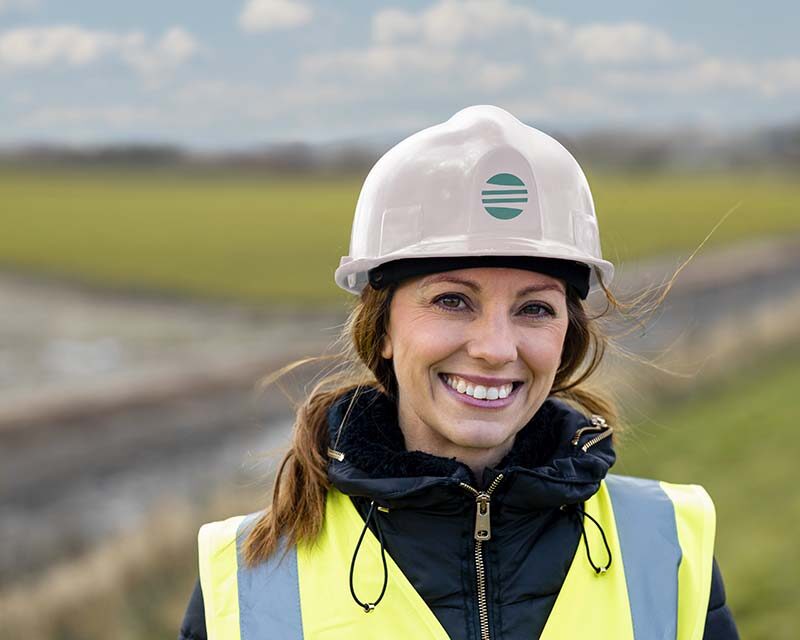The search for a suitable site for a Geological Disposal Facility (GDF) will be undertaken in partnership with communities. This means the GDF developer will work with local communities to ensure they are involved right through the process. A GDF cannot be built without the consent of a local community.
The multi-year consent-based process to identify a site means that communities may not be at the same part of this process as one another. These are outlined below, and there is more detail in the Community Guidance which can be found in the resources below.
The National Geological Screening (NGS) is an exercise that was carried out to summarise existing information about the geology of England, Wales and Northern Ireland that would be relevant to the safe disposal of higher-activity radioactive waste. You can read about it here.

Any individual or organisation can start discussions with us on a proposed location for a GDF or to find out more about geological disposal or the siting process. This will not commit anybody to taking part in the rest of the process.
Once a location has been proposed, we will examine it with the proposer to determine whether it merits further consideration. If it does, then a Working Group will be formed in the local area to open up discussions more widely across the community and to identify a search area for suitable sites. Further evaluations will take place as part of the siting process.

A Working Group will be formed of at least the proposer, the GDF developer, an independent chair and facilitator. The Working Group will identify the geographical area within which potentially suitable sites for a GDF may be found, known as the Search Area. All relevant principal local authorities will be invited to join the Working Group, but they need not participate.
The Working Group will initiate work to form a Community Partnership in the local area.

A Community Partnership will be formed in the local area. This will be a new body consisting of members of the public, businesses, the local authority(s) and others that reflect the community along with the GDF developer. It will provide updates and information to the community and will make sure people are fully engaged throughout the process.
Each area where there is a Community Partnership will have available up to £1 million annually. This Community Investment Funding can be used to fund projects, schemes or other local initiatives to enhance the area.
The GDF team will initially carry out high level evaluations of areas and/or sites suggested by interested parties. Further into the process, new information will be collected about the potential areas and/or sites and the communities, taking into account their preferences. The evaluation will increase in detail and complexity as activities such as geophysical surveys, drilling investigative boreholes and analysing samples of rock and groundwater are carried out.
Six Siting Factors will be used in the evaluations, covering Safety and Security, Community, Environment, Engineering Feasibility, Transport and Value for Money.
If the Community Partnership agrees to pursue siting at a particular location, then deep investigatory boreholes will need to be drilled to carry out further testing of the geological conditions at depth. Environmental permits and planning consent will be required for borehole investigations. The Community Investment Funding that will be available for any community in which site characterisation takes place will rise to up to £2.5 million annually.
Detailed site investigations could take fifteen years, depending on how long it takes to understand the underlying geology and be confident that a facility can be designed to safely and securely isolate and contain the waste.
When RWM has gathered sufficient information to confirm that a GDF may be possible, an application will be made for planning permission to construct and operate the facility itself and any associated infrastructure. A GDF will also require an Environmental Permit and a Nuclear Site Licence.
Before this, there must be a Test of Public Support by a community to demonstrate it is willing to host a GDF. Without a willing community a GDF cannot be constructed.
Depending on the local geology, it is estimated to take around ten years to construct the first vaults to take waste.
Once operational, construction of the facility will continue in parallel with waste emplacement – with new tunnels and vaults being built to receive waste as existing vaults are filled. Once full, the facility will be sealed and closed.
For further information on the site evaluation process, please explore the documents and videos below.
For more information about the GDF programme, see the Resources Section.